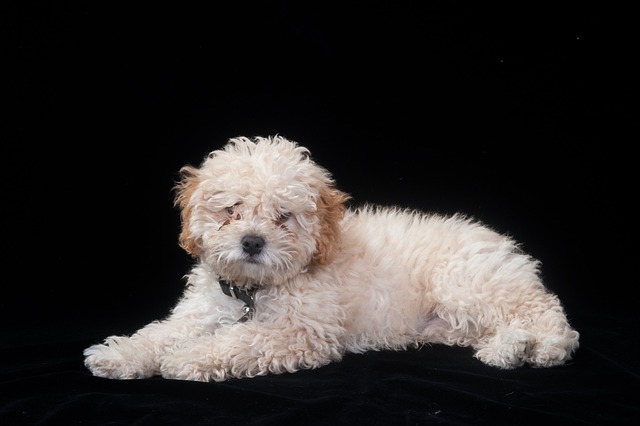
How can I tell if my dog's heatstroke is serious
Let’s be real: It’s a sticky August morning in Los Angeles, and you took your 2-year-old Golden Retriever, Max, for a walk a little later than usual
If you’ve ever dragged a dog bed onto your apartment balcony or spread a towel in the park on a hot day, you might wonder: Do those dog cooling mats actually work outside? The answer depends on the mat type and how you use it—some thrive in outdoor settings, while others fizzle out in direct sun. For new U.S. dog owners, especially those who love taking their pups to parks or lounging on patios, knowing which mats work outdoors and how to use them keeps your pet cool without wasting money.
Cooling mats rely on passive or active cooling, and outdoor conditions make all the difference. Gel mats (which absorb body heat) struggle in direct sunlight—they heat up faster than they can dissipate heat, leaving your dog no cooler than a regular mat. Evaporative mats (which cool as water evaporates) work great outside if you keep them damp and in partial shade—my neighbor’s 6-year-old Golden Retriever, Bailey, spends hours on his evaporative mat on their apartment balcony, as long as she spritzes it with water every hour. Self-cooling fabric mats (made with heat-wicking material) are best for shaded spots like park benches or covered porches, as they don’t need water but can’t beat intense heat alone. Vets note that no mat replaces shade and water—they’re a helper, not a solution. Punishing your dog for avoiding a hot mat is never okay; it violates U.S. animal welfare norms and ignores their discomfort.

To make cooling mats work outside, start by choosing the right type: Evaporative mats are best for balconies or parks (portable and affordable), while thick, UV-resistant gel mats work for shaded patios. Always place the mat in shade—under a tree, patio umbrella, or apartment awning—to prevent it from overheating. For evaporative mats, soak them in cold water for 10 minutes before use, and bring a spray bottle to rewet them every 30–60 minutes. If your dog is hesitant, lay their favorite toy on the mat and reward them with treats for lying down (positive reinforcement goes a long way). Avoid leaving mats outside unsupervised—chewers might nibble gel mats, and rain can ruin some types.
Before heading to the park with the mat, confirm your dog’s rabies vaccine is up to date—required in all U.S. states—and pack extra poop bags. Leaving messes in public parks isn’t just rude; cities like Phoenix fine owners up to $300, and hot weather makes waste unsanitary. Bring a portable water bowl too—cooling mats work best when your dog stays hydrated.
Dog cooling mats do work outside when paired with shade and proper use. With the right mat and a little prep, you and your pup can enjoy outdoor time without overheating.

Let’s be real: It’s a sticky August morning in Los Angeles, and you took your 2-year-old Golden Retriever, Max, for a walk a little later than usual

You're enjoying a summer afternoon at the park when you notice your dog has stopped panting and appears disoriented - their gums are bright red

Let’s paint the picture: You’re in your Denver apartment, watching your 4-year-old Boston Terrier, Ruby, plop down mid-play session with her favorite toy

Many dog owners notice their pets nails seem shorter after regular walks,but how much does this daily activity actually help?The answer depends on where you walk—concrete sidewalks or asphalt streets gently file nails as a dog's paws hit the ground

Most dog owners notice their pup scooting across the carpet at some point, but few connect it to impacted anal glands. These small sacs near a dog’s rectum secrete a scent for marking territory

Most vets agree that regular dog teeth cleaning is key to avoiding painful dental issues later. For healthy adult dogs, a professional cleaning at the vet’s office every 12 to 18 months usually works well.